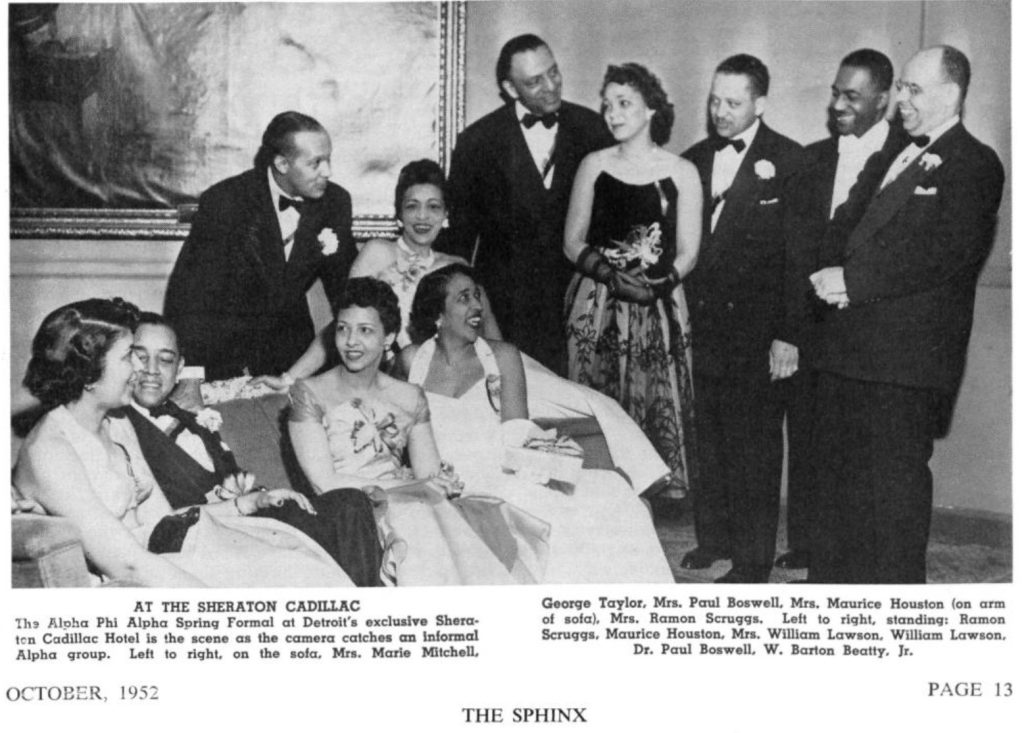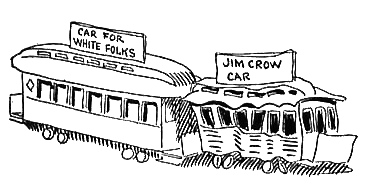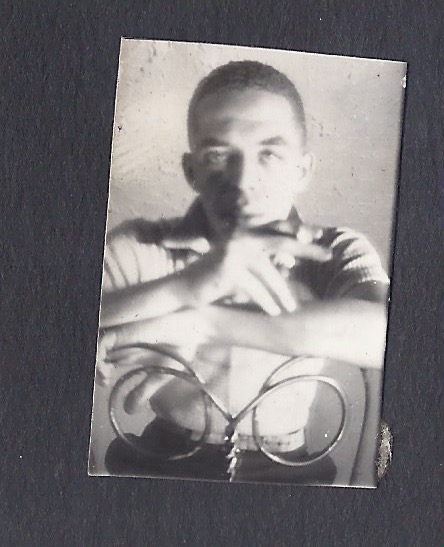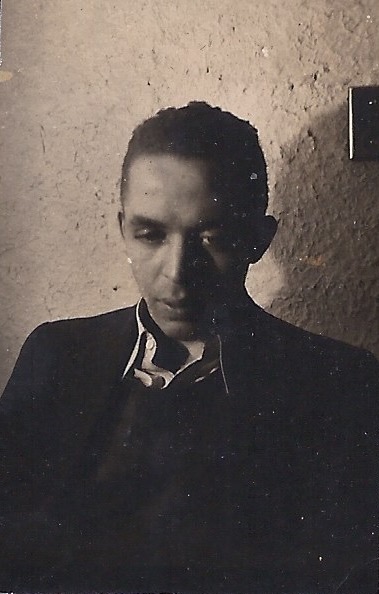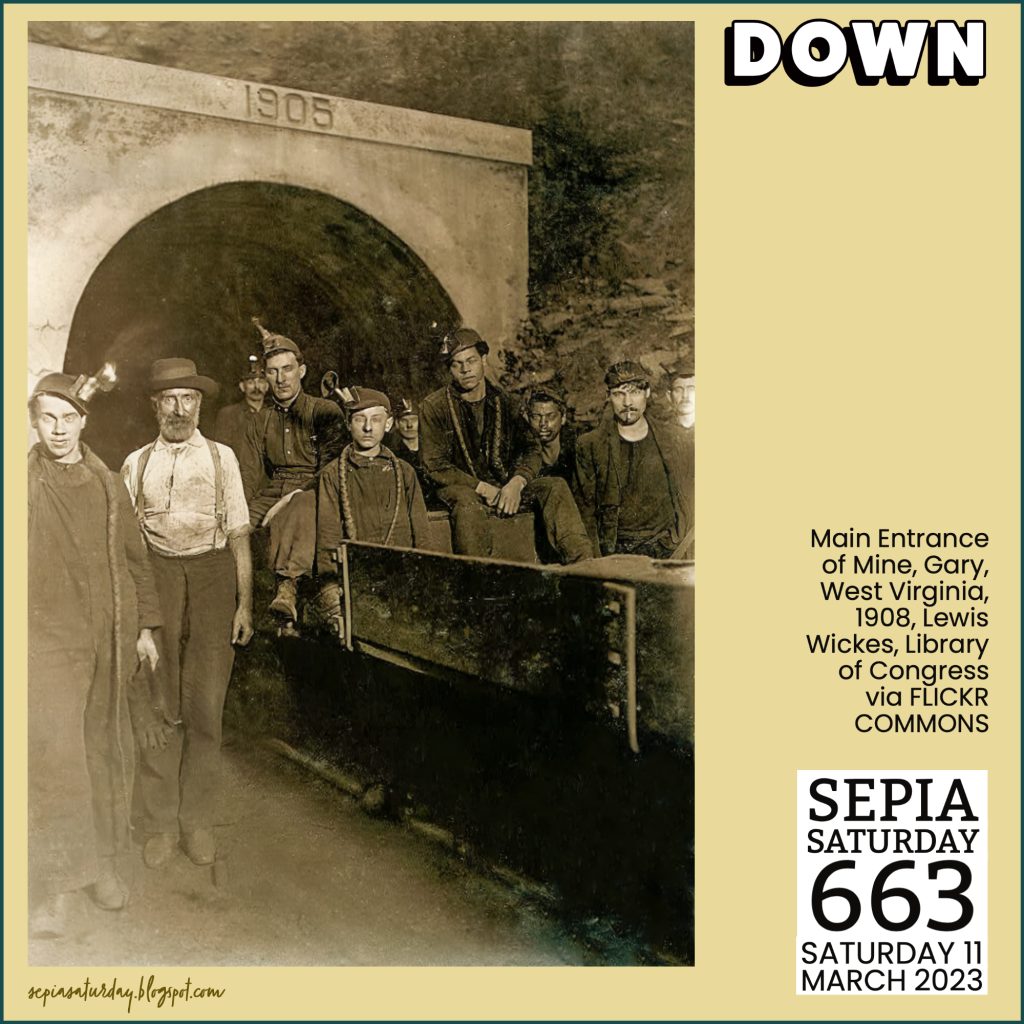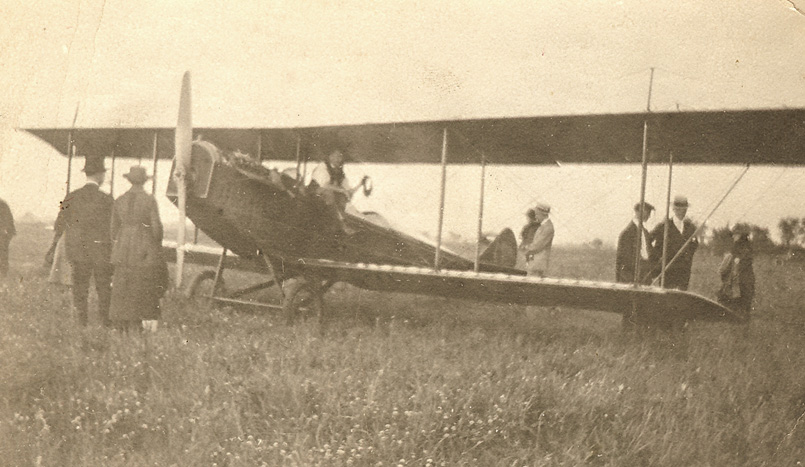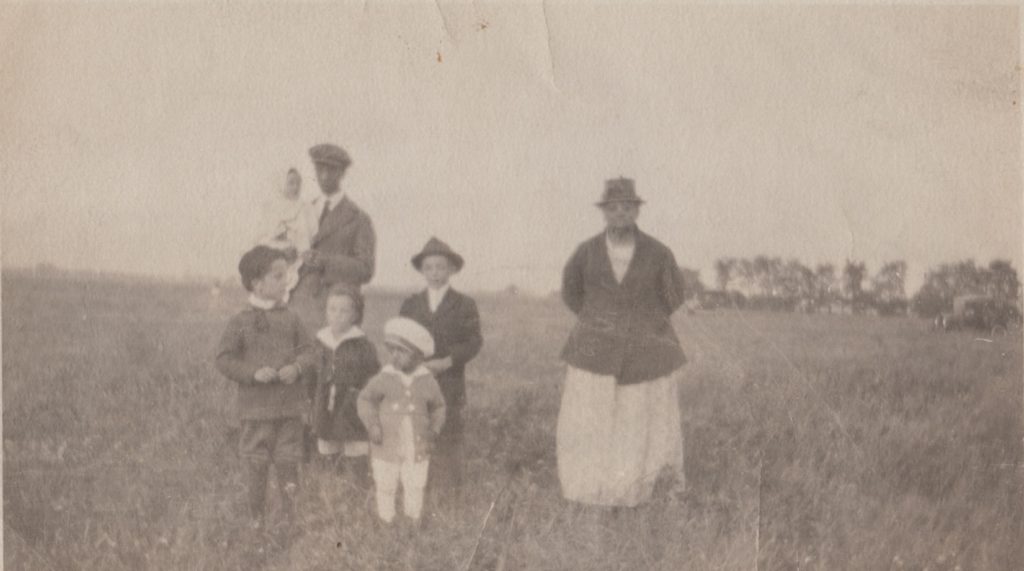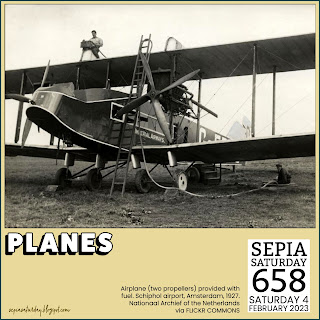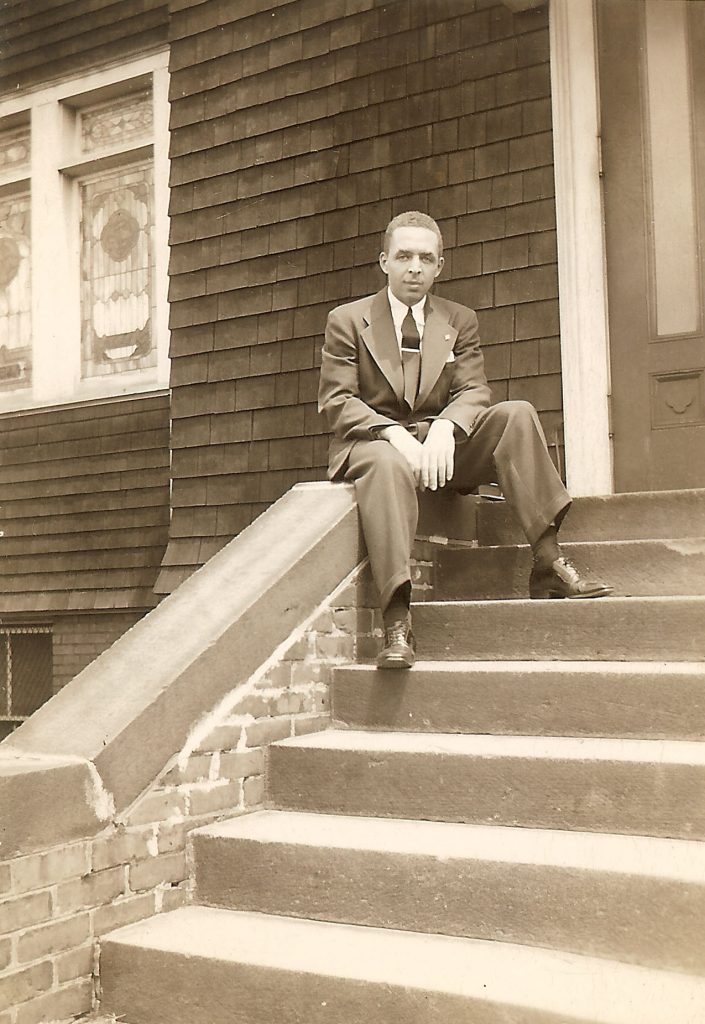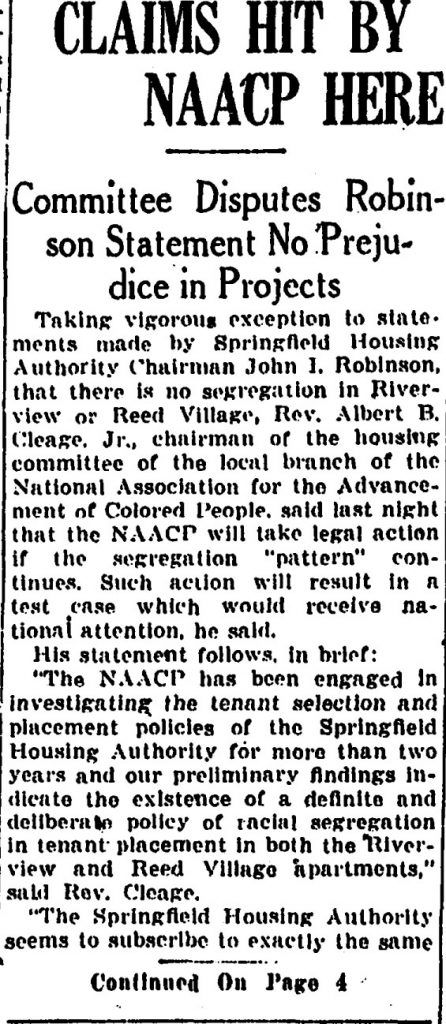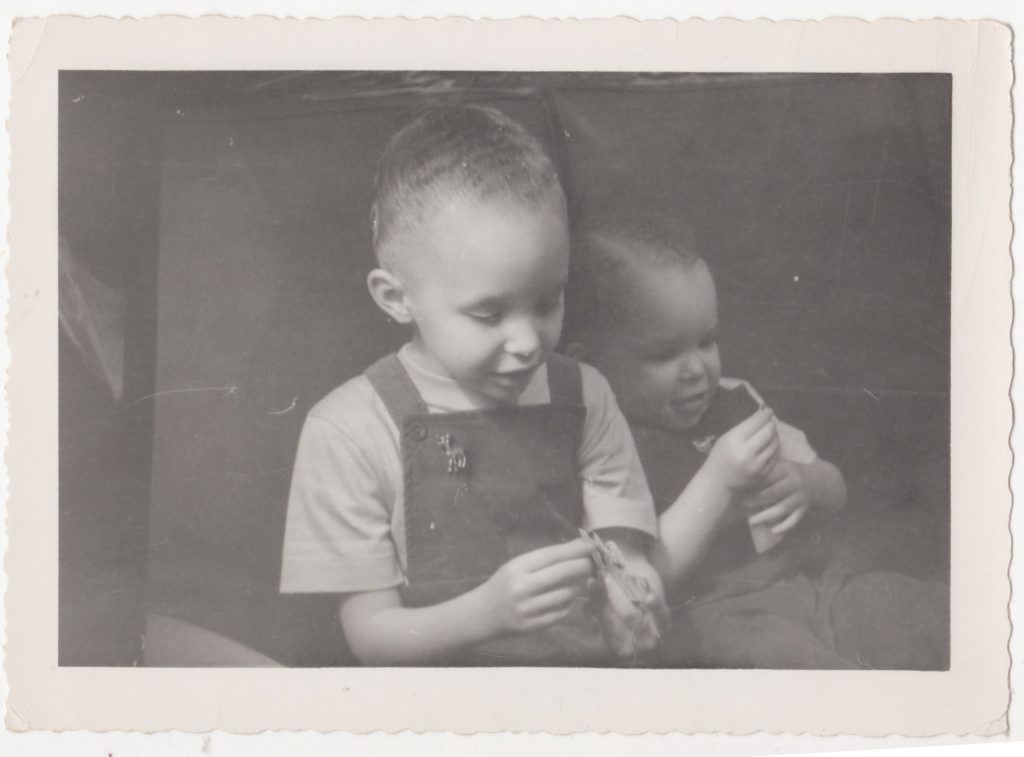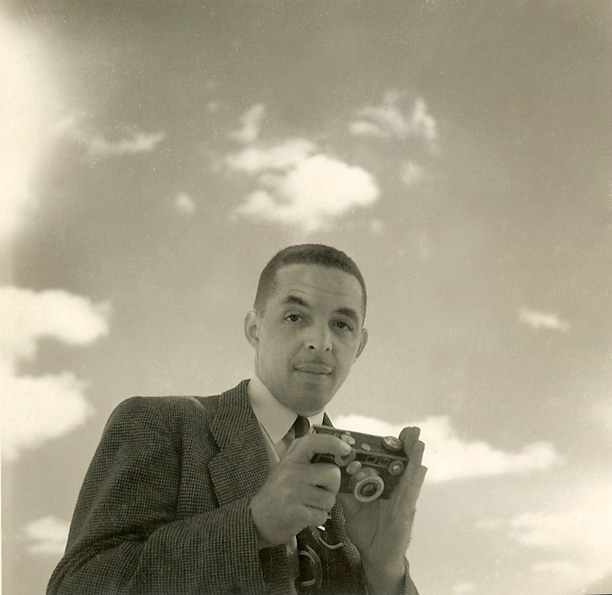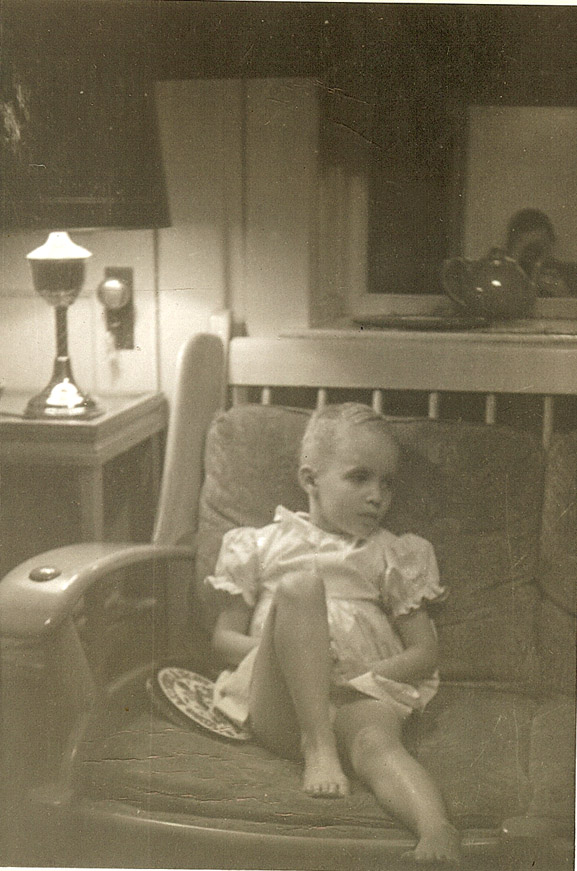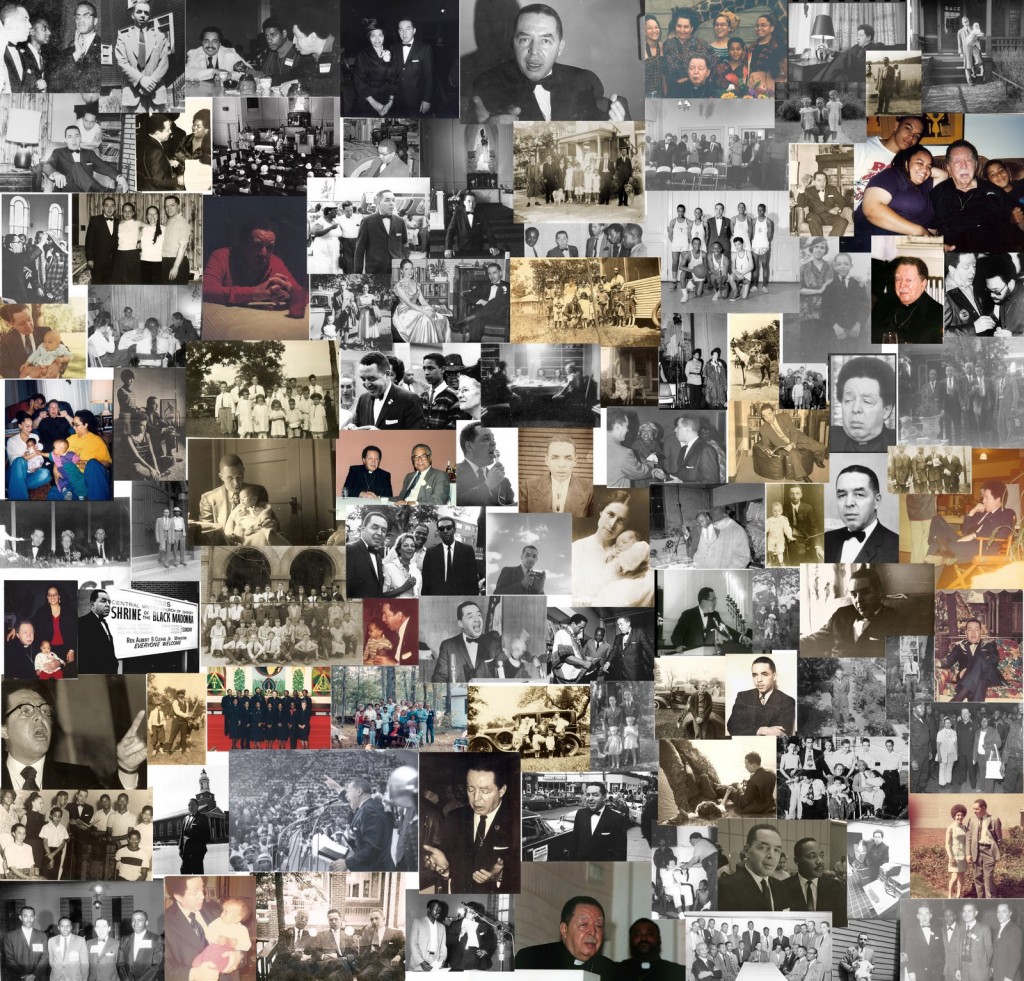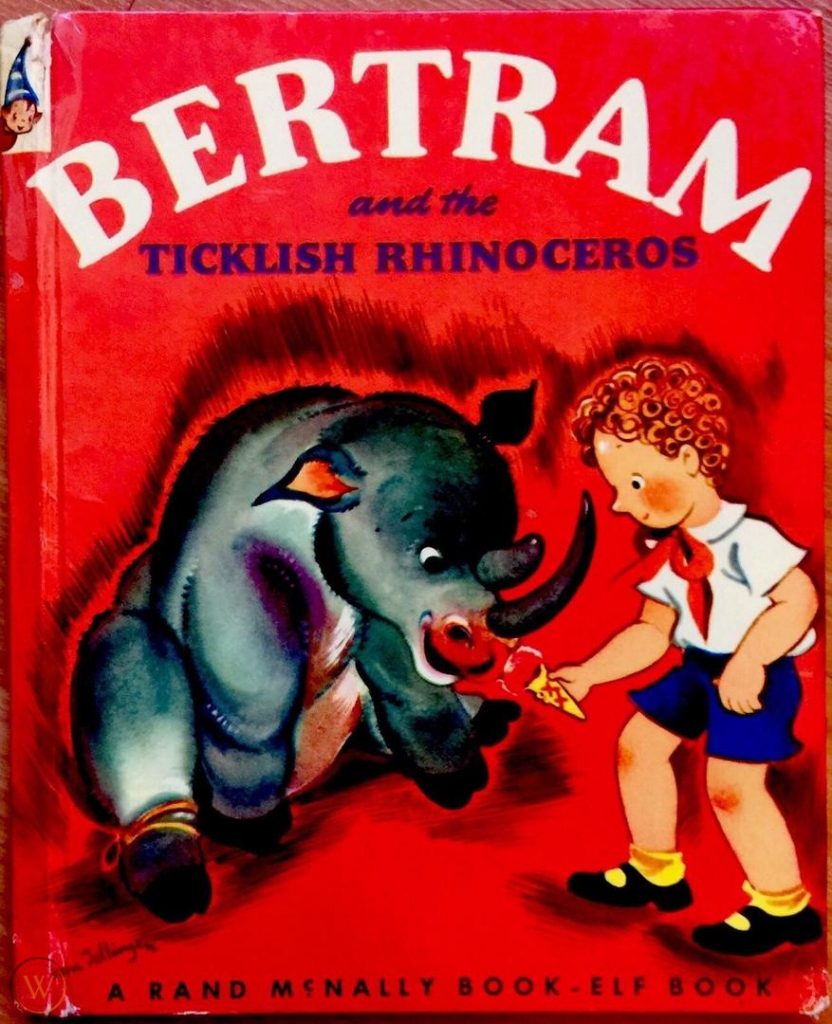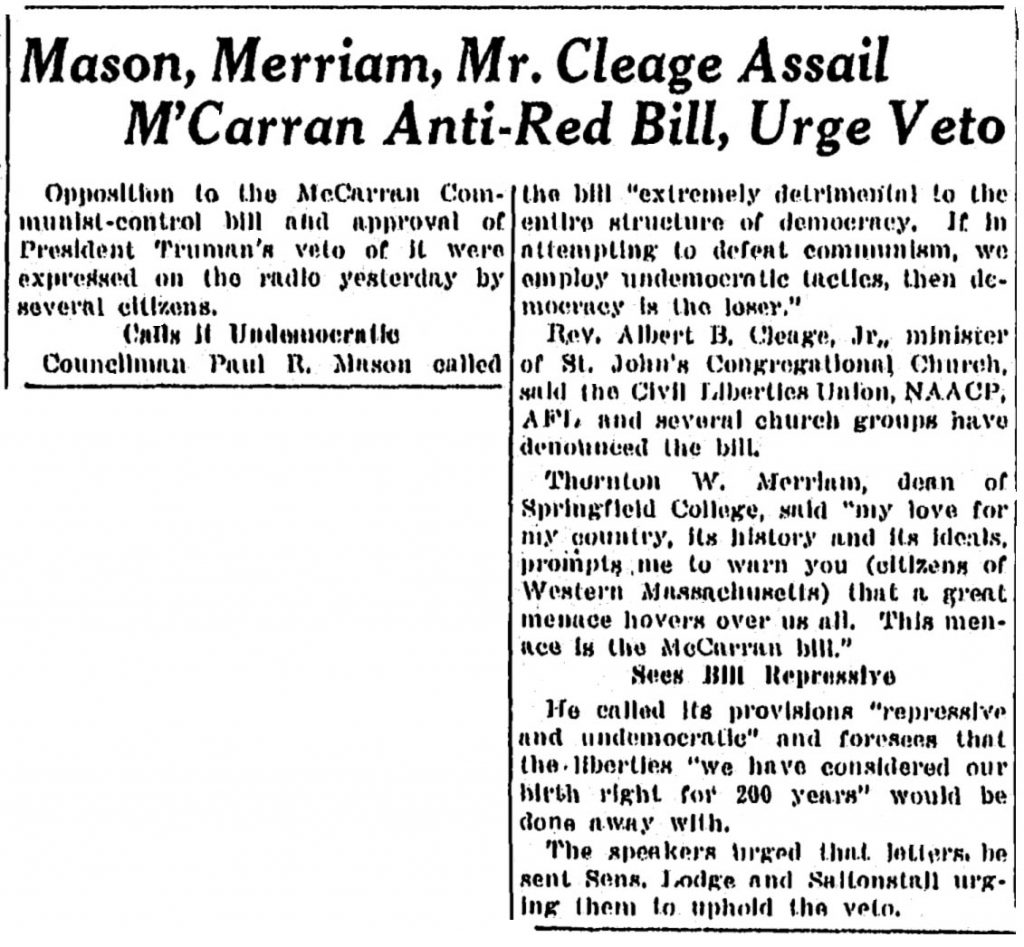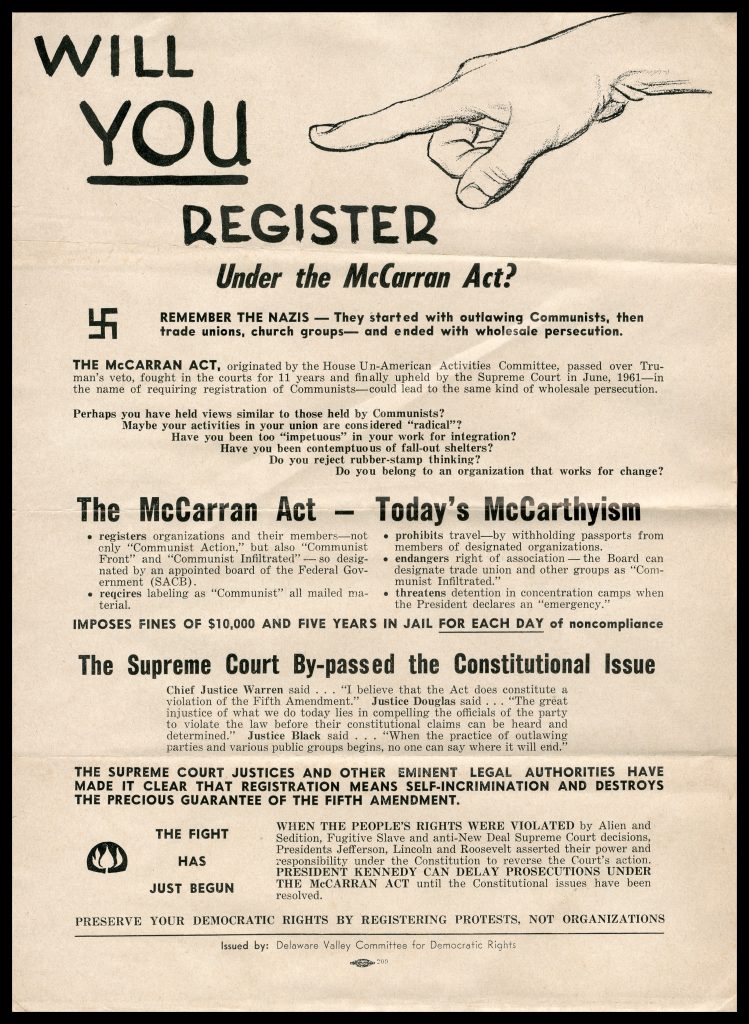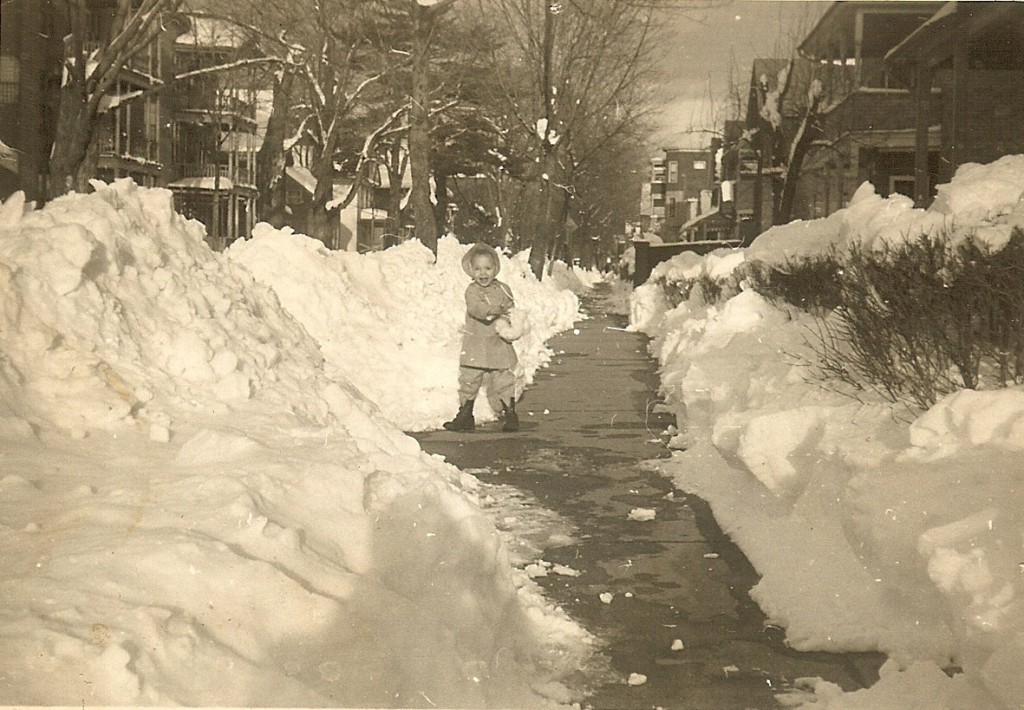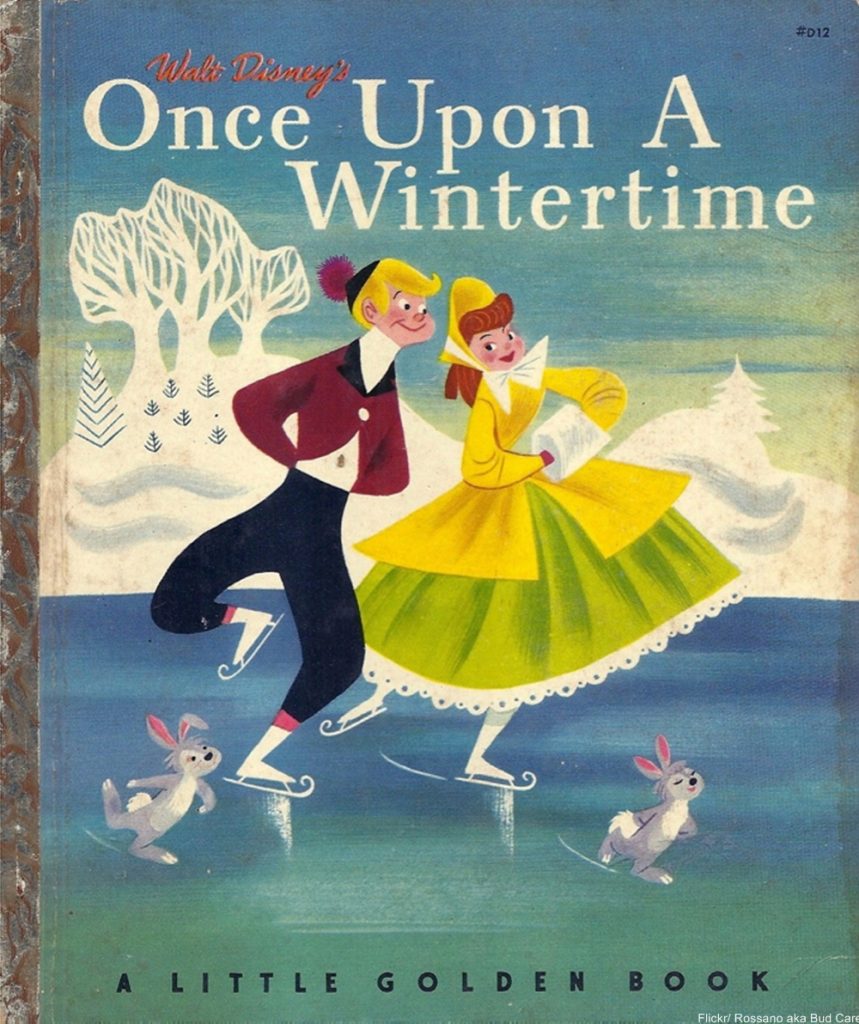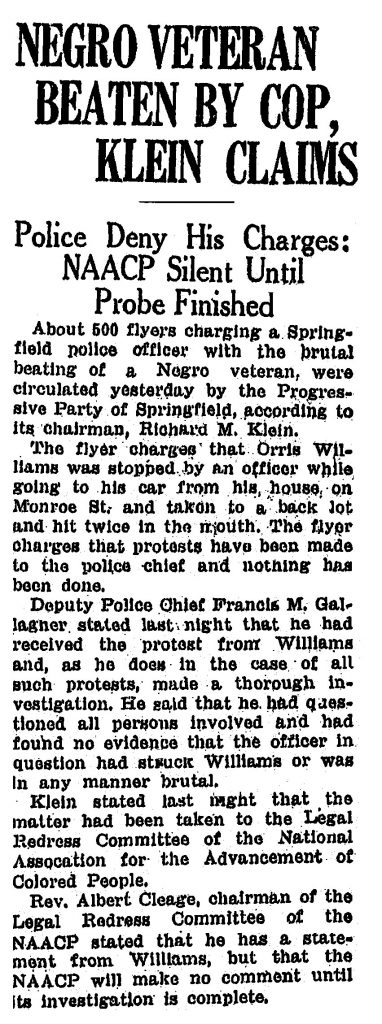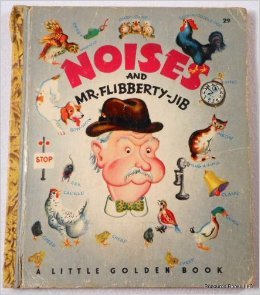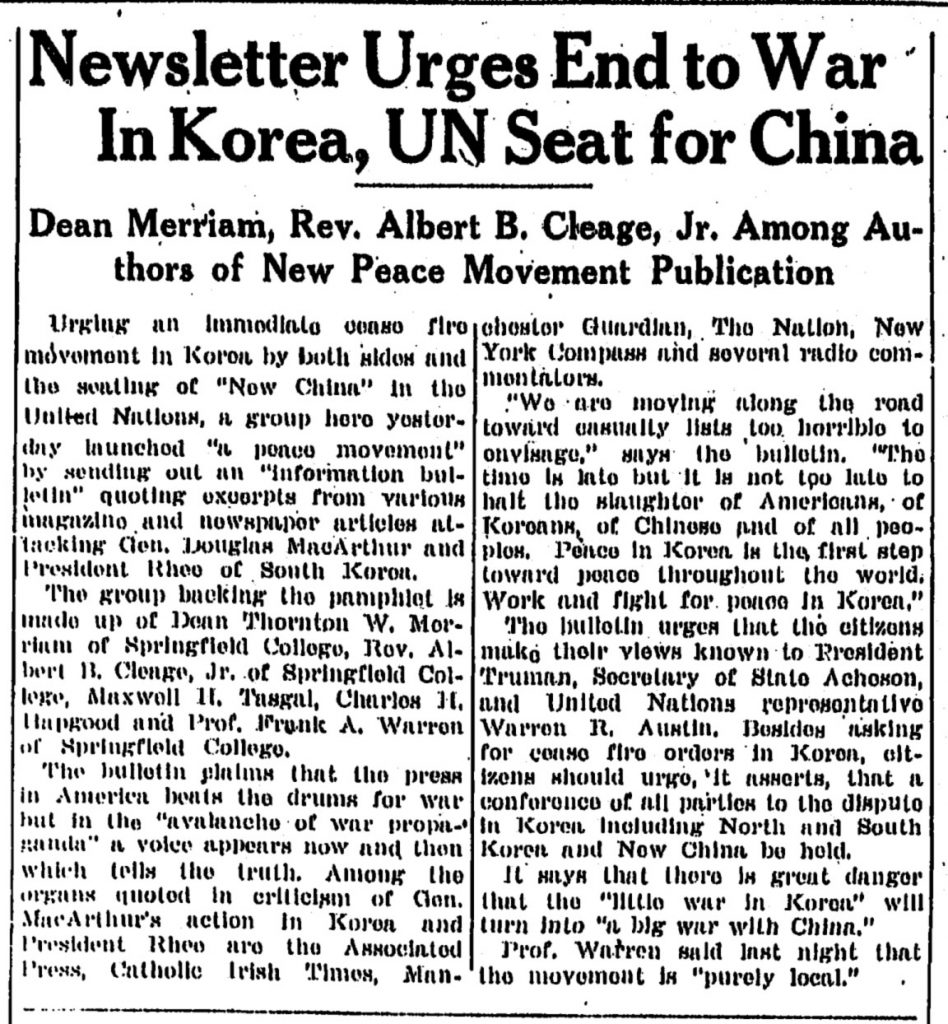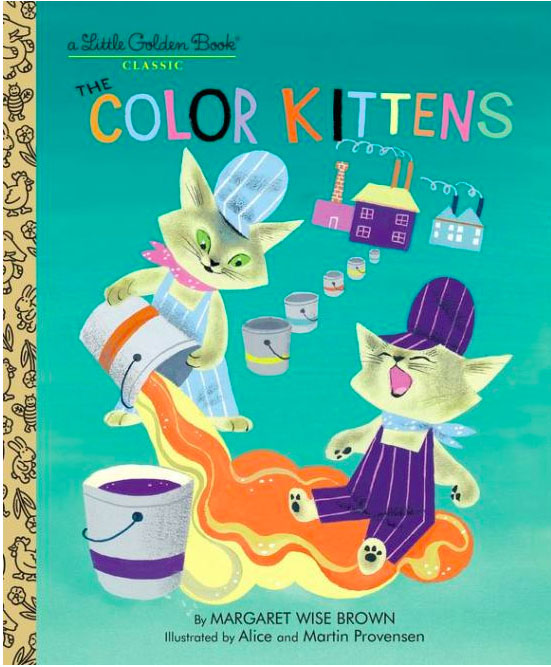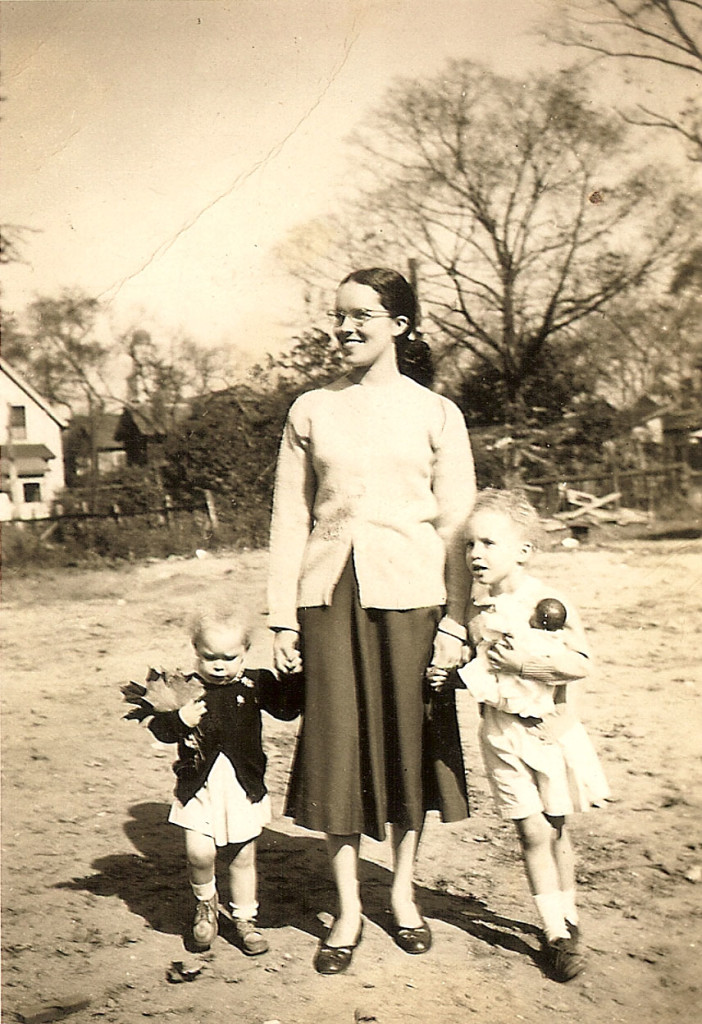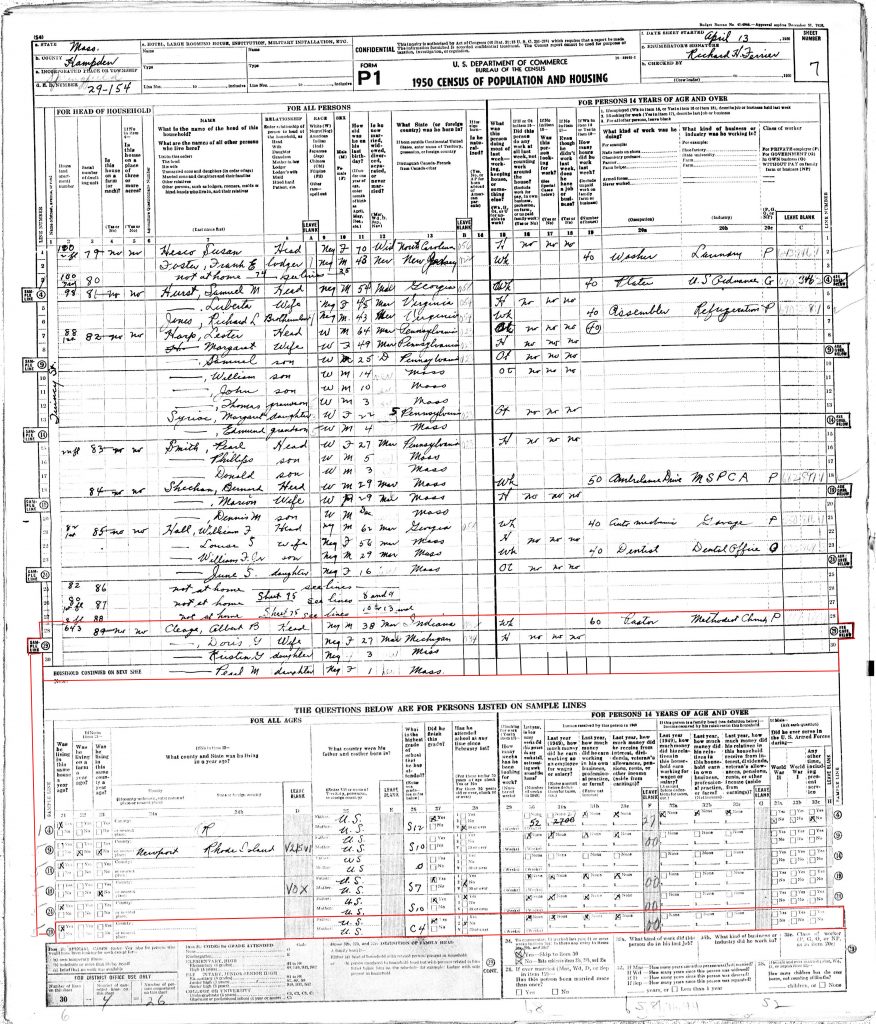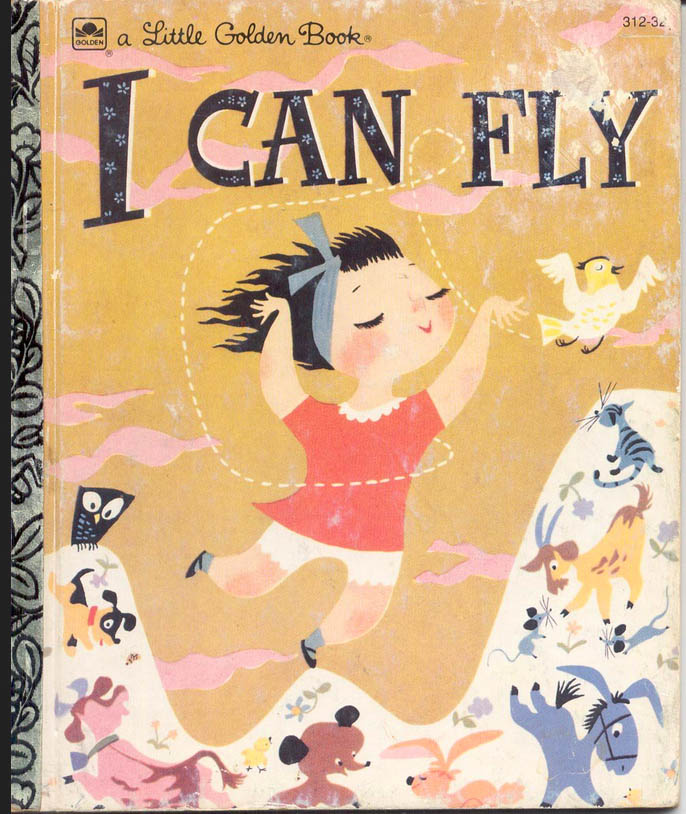This is my tenth A to Z Challenge. My first was in 2013, but I missed 2021. This April I am going through the alphabet using snippets about my family through the generations.
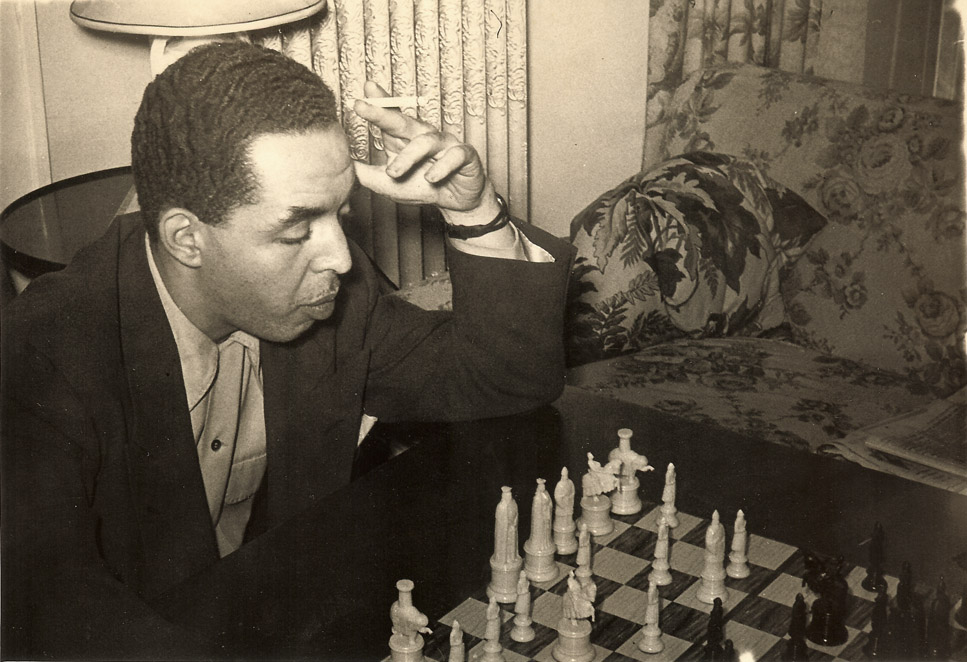
I recently took a survey of the family and found that all my children and grandchildren can play chess, most can also play dominoes. I was curious because we have so many photographs of the boys playing chess and hardly any of the girls. My husband and I used to play chess everyday when we first met. Unfortunately there are no photographs from those games played over 50 years ago.
Below is an article my son James wrote describing in detail his experience at the annual Optimist Chess Tournament held in Ludington, Michigan. Both he of my sons participated for several years.
Chess Tournament
by James A. Williams
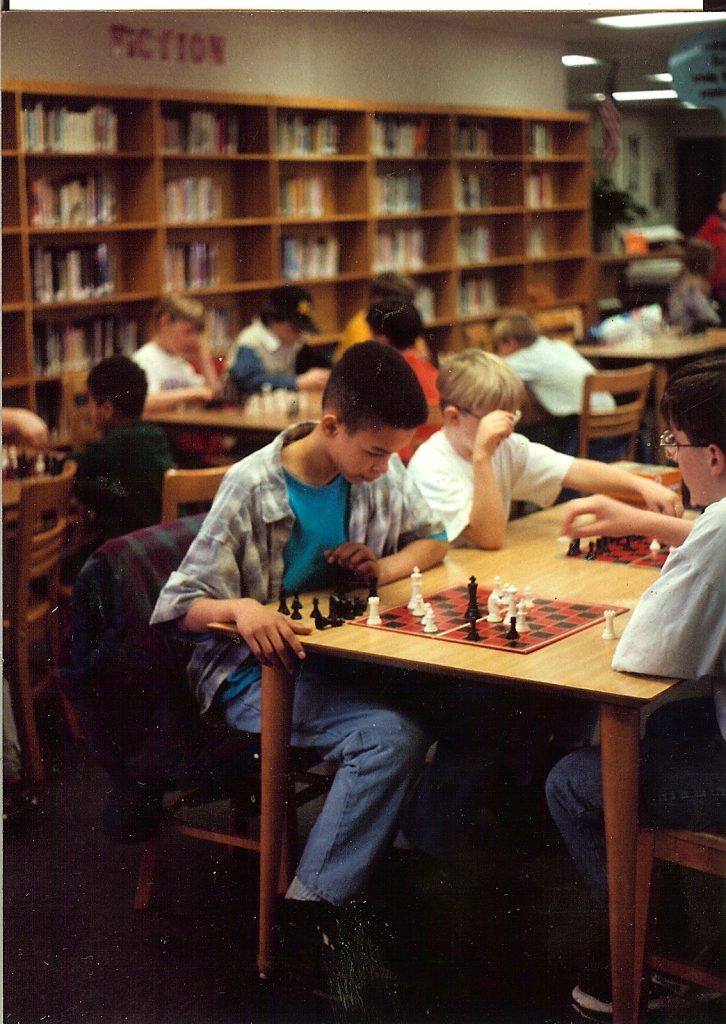
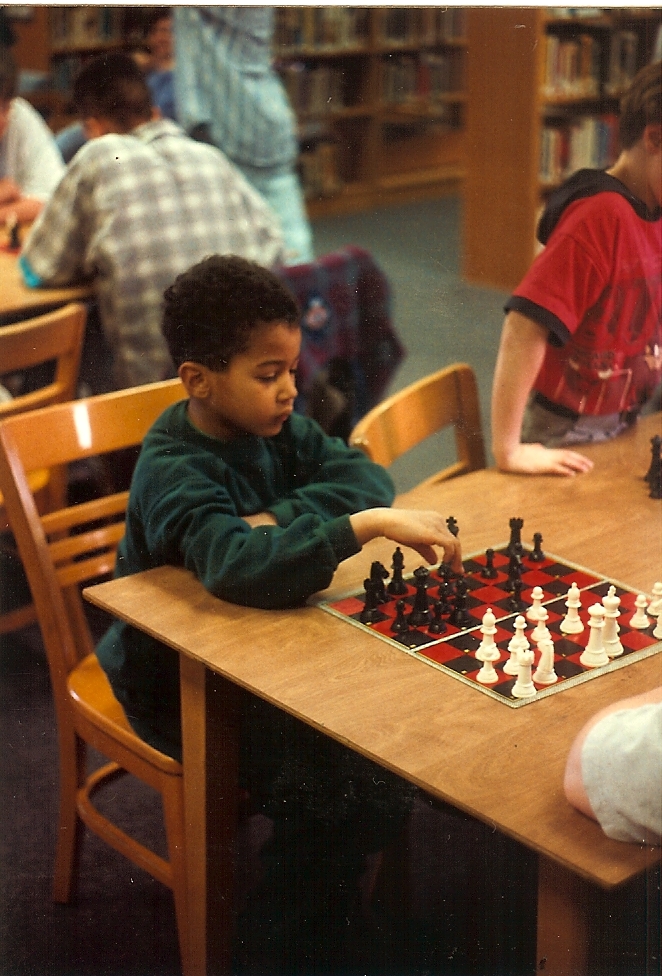
I had been practicing for months, three hours a day. Hoping to bring home the first place trophy from the annual chess tournament. I had two chances to claim the first place trophy and failed both times.
Game #1: My first game was a simple one and I won it easily.
Game #2: My second game was a little harder. But my opponent was intimidated by me due to the fact that I had beat him in two previous meetings earlier that day. He resigned.
Game #3: My third opponent was not as talented as my second opponent but much more skilled than my first. I won that game.
Game #4: My fourth game was what I anticipated to be the biggest game of the tournament. I was to take on the only other undefeated player in my group. I won that game and was 4-0 to that point.
Game #5: My fifth game was the one I needed to win in order to clench a #1 place. I lost due to a terrible blunder concerning my castle. I was headed to the playoffs and a second chance at #1.
The Playoffs
Game #6: I played my second opponent once again in a decisive game six. If I lost this game my first place hopes would vanish and the best I would be able to do would be #3, I won game 6.
Game #7: This was my last chance at #1. I was matched against the same opponent that had beat me in game five, an opponent that in my four years of tournament play I have never beaten in three meetings. I lost game 7 due to the fact that I overlooked a fork that would have stripped my opponent of his last playing piece and left him only pawns to defend against my rook, a knight and king.
Dashboard
I was forced to walk away with the second place trophy.
from The Ruff Draft March/April 1993
About the Ruff Draft
In 1991 my family began putting out a newsletter we called The Ruff Draft. We had recently started homeschooling. The purpose of The Ruff Draft was both to give real writing opportunities to Ayanna (15), Tulani (13), James (9) and Cabral (4), and to show extended family and friends that they were learning something.
In the beginning we used an Apple 2c. They wrote the articles and I typed them into the computer, printed them out and lay out the newsletter. Later my cousin Blair gave us a Mac and the whole newsletter could be done on the computer. There were drawings and photographs. Sometimes the readers sent in articles.
For four or five years we published bi-monthly and mailed it out all over the country to family and friends. As the writers graduated and moved on to bigger things away from home. You can see an issue of The Ruff Draft at this link The Ruff Draft – July 30, 1991.


